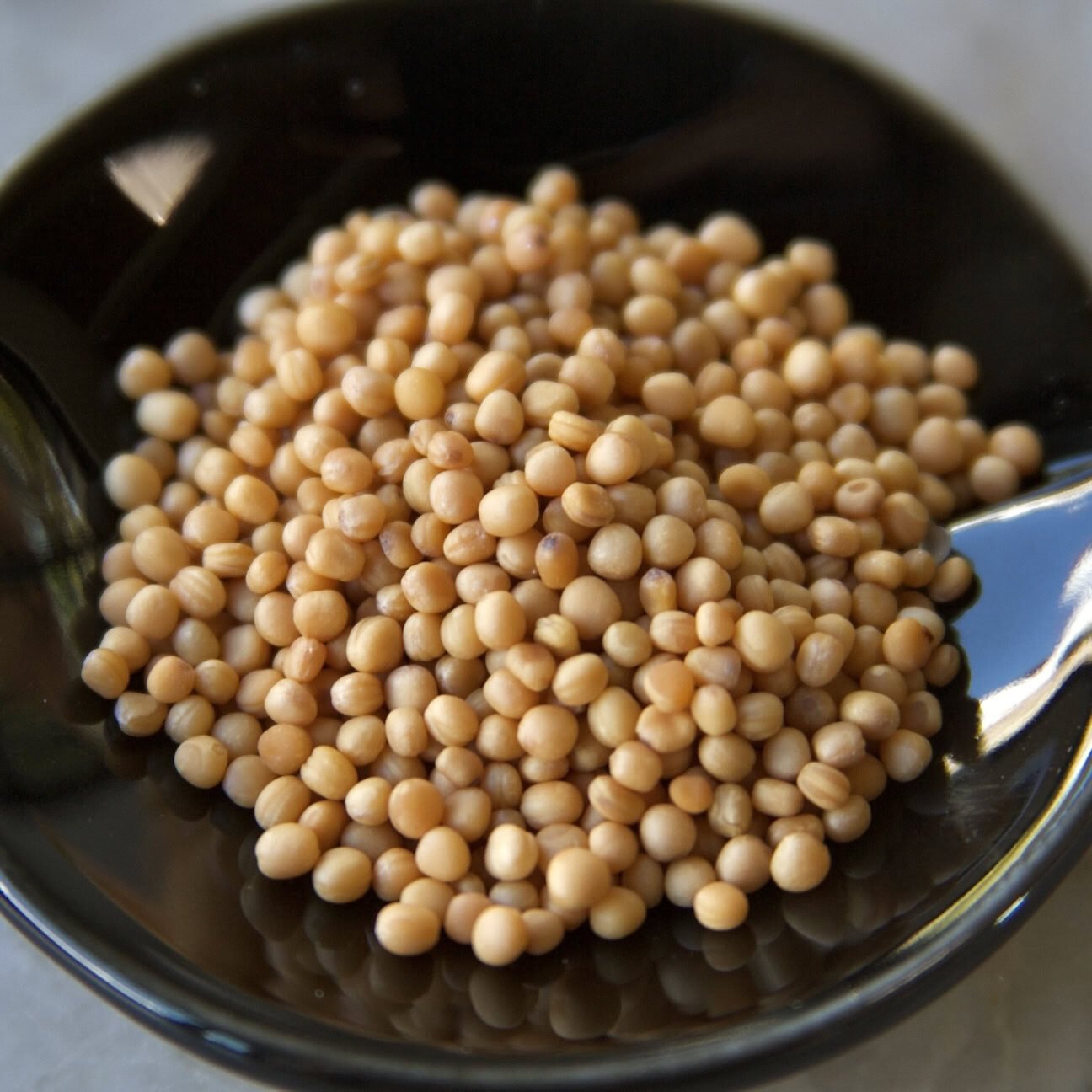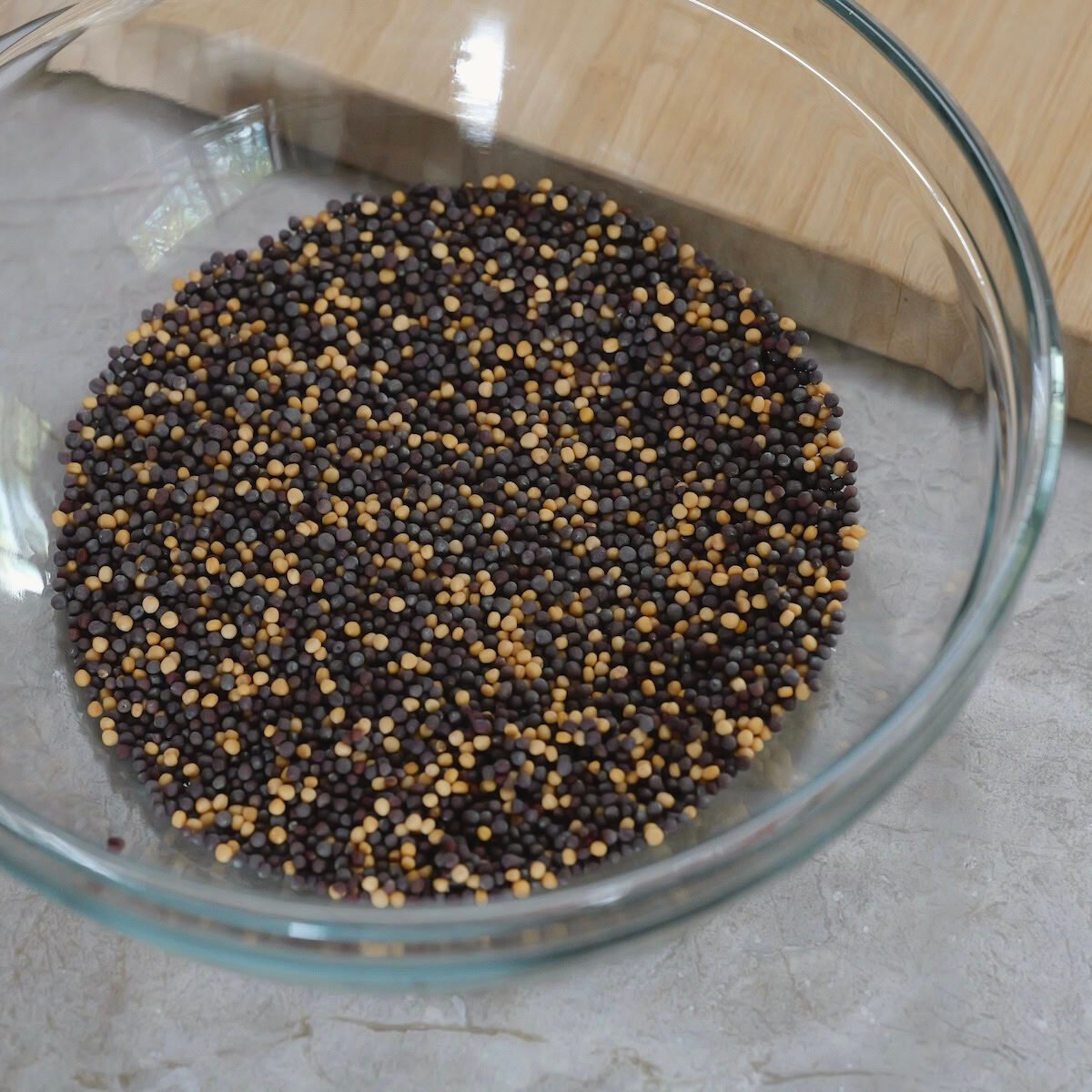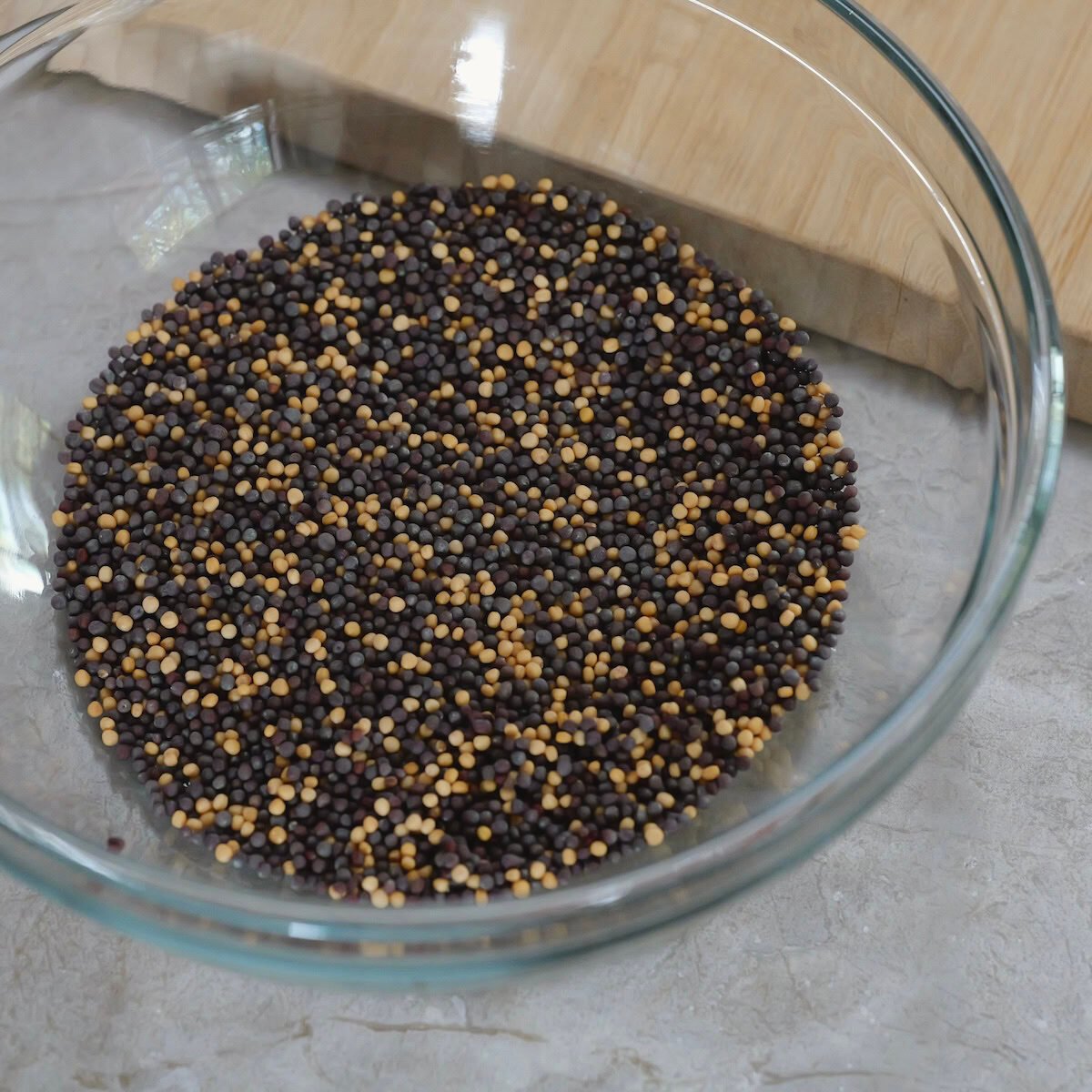Mustard Seed
Mustard seed is the spice produced from the seeds of three main species of mustard plant in the mustard family:
Yellow Mustard Seed: Sinapis alba
Brown Mustard Seed: Brassica juncea
Black Mustard Seed: Brassica nigra

REGION OF ORIGIN
Both yellow and black mustard are from the Mediterranean, stretching across Southern Europe, North Africa, and the Middle East. Brown mustard is from the foothills of the Himalayas, spanning Pakistan, India, Nepal, and China.
PART & COLOR
Yellow mustard seeds are pale yellow, smooth, and spherical. Brown mustard seeds are rougher, smaller, and more multi-colored. They range from dark brown, red, and grey to almost black. Black mustard seeds are the smallest and darkest of the three. The color of the seeds aligns with their heat and potency—black is the most intense, then brown, then yellow.
HARVEST
Mustard plants are annual herbs that are sown in the early spring. The seeds are typically collected in late summer to early autumn. Yellow mustard seeds are harvested when the seed pods turn light brown and start to dry out. Brown and black seeds mature a little earlier and are harvested when their pods become dark brown or black. Timing is paramount, as the seeds can be ruined if the pods get too dry.

FLAVOR & AROMA PROFILE
Mustard seeds are pungent and spicy with an earthy, nutty element. The intensity of the spice varies by variety from mild (yellow) to extremely sharp (black). Yellow mustard seeds have a gentle, slightly sweet aroma with faint notes of fresh hay. Their flavor has a tangy heat to it that is balanced well by a subtle bittersweetness.
Brown mustard seeds are bolder and warmer, their heat more robust and peppery with a clear note of horseradish.
Black seeds are the most potent, their fragrance reminiscent of wasabi with a touch of garlic and their flavor fiery and assertive. Used judiciously though, black mustard seeds can reveal a lot of hidden complexity in a dish.
CULINARY USES
Yellow mustard seeds are often infused into salad dressings and pickling brines. They create the classic American mustard, while brown mustard seeds are behind the sharpness of Dijon mustard.
In Indian cooking, brown mustard seeds are often tempered in hot oil to release their full aromatic potential. This process, known as "tadka," infuses the oil with spice to then cook dals, curries, and vegetable dishes. Across Asia, brown mustard seeds are used to season stir-fries, noodles, and meats.
The intense pungency of black mustard seeds makes them well-suited for strong flavors like lamb, beef, and hearty root vegetables. Their sharp bite deepens when toasted.



